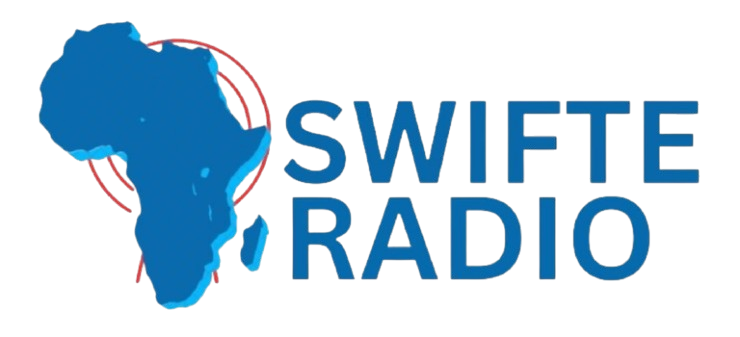Federal Reserve Holds Interest Rates Steady Amid Concerns Over Inflation and Job Market Weakness
In a closely watched policy decision, the U.S. Federal Reserve has opted to leave its benchmark interest rate unchanged, citing ongoing concerns about persistent inflationary pressures and the potential for rising unemployment. The central bank’s decision underscores a delicate balancing act between curbing inflation and maintaining economic stability in a period marked by mixed economic signals.
Following its latest Federal Open Market Committee (FOMC) meeting, the Fed announced that it would keep the federal funds rate steady, maintaining the current target range. This pause comes after an aggressive series of rate hikes that began in 2022, intended to bring inflation back to the central bank’s 2% target.
Despite progress on slowing price increases, Federal Reserve officials remain cautious. Recent data indicate that inflation remains sticky, particularly in core categories such as housing and services. At the same time, warning signs in the labor market — including a slowdown in job creation and slight upticks in jobless claims — have raised concerns about the risk of weakening employment levels.
“The risks to achieving our dual mandate of maximum employment and stable prices are becoming more balanced,” said Fed Chair Jerome Powell during a press briefing. “While we’ve made considerable headway in reducing inflation, we are closely monitoring the potential downside risks to the job market.”
Markets reacted with modest volatility following the Fed’s announcement, as investors digested the implications for the broader economy and the timing of potential future rate cuts. Many analysts had anticipated a rate hold, but uncertainty remains about when the Fed might pivot to a more accommodative stance, particularly if economic growth slows or labor market conditions worsen.
Economists now believe that the Fed may keep rates elevated longer than previously expected, especially if inflation remains stubbornly above target. However, the central bank also signaled a willingness to adjust policy should conditions deteriorate more significantly.
With inflationary pressures still present and unemployment risks increasing, the Fed’s strategy moving forward will require nimble policymaking and careful data analysis. For households and businesses, the extended period of higher borrowing costs may continue to weigh on spending, investment, and housing affordability.
The next few months will be critical in determining whether the Fed’s tightrope walk between inflation control and economic growth can succeed without tipping the economy into a downturn.
Source : Swifteradio.com


